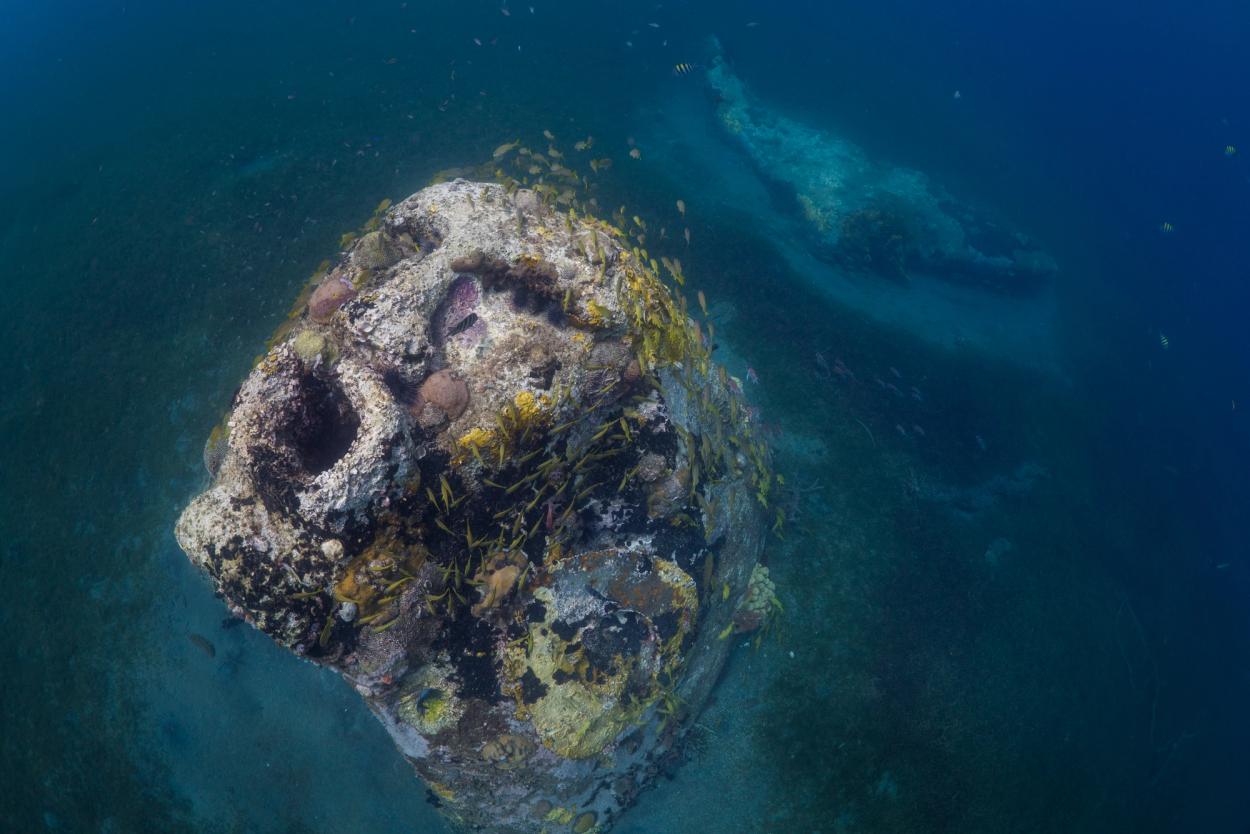Urchins get lit: Creating lamps from the spiky ocean crawler
Imagine diving into the icy waters of Norway, not to harvest fish, but to collect spiky sea urchins!
Meet Matias Carlsen, an artist and diver who's turning these kelp forest grazers into works of art, and created a unique local business.
But how sustainable is making ornaments from marine life?
The marine curio trade has a significant negative impact on coral reef ecosystems globally, due to overexploitation, destructive collecting practises, trade in endangered species and disruption of ecological balance.
Small-scale, hand harvesting of sea urchins from kelp forests offers a selective and targeted approach, limiting ecological impact. Collecting large, easily spotted individuals means the smaller urchins remain hidden, allowing the population to maintain balance. The red sea urchin (Echinus esculentus) was the object of a specific fishery in Cornwall, UK in the 1980s. Nichols (1981) pointed out that although most divers missed small specimens within kelp beds, population densities should not be allowed to fall below 0.2 per metre to conserve the species in the UK.
Intrigued? Dive into this captivating story to discover the beauty of urchin art and the passion behind it!
To learn more about how seas urchins interact with kelp forests see Plagued by sea urchins: tackling the biggest threat to underwater forests.
Edited by Igor Potgieter
Share this story
- People and the sea
- Ecosystems and habitats



